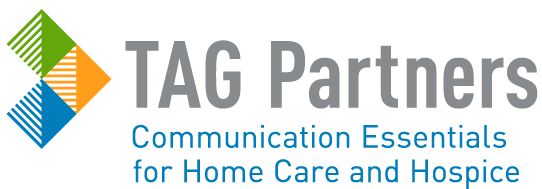Recognizing Men’s Health Month provides a good opportunity to connect with your referral network. Start by providing the physicians in your service area with brochures on topics relevant to men’s health. Be sure to include information on heart disease which is the number one cause of death for men in the United States. According to the American Heart Association, 1 in 3 men suffer some form of cardiovascular condition. Thankfully the risk for developing heart disease can be modified with a healthy diet and lifestyle. As young adults, men should know their cholesterol levels, keep physically fit, and have regular check-ups to maintain good cardiovascular health.
Unlike heart disease, cancer can strike the healthiest of men. The top three cancers that occur in men:
Prostate cancer is the number one cancer risk for men aside from skin cancer. Most cases of prostate cancer occur in men over the age of sixty-five. The American Cancer Society recommends that when men reach the age of fifty they should begin the discussion with their doctor about prostate cancer screening. Prostate cancer is very treatable with a 5-year relative survival rate of 99%. Risk factors that may require screening prior to age fifty: having a family history of prostate cancer, being African American, being obese, and being exposed to Agent Orange.
Lung cancer kills more men every year than any other type of cancer. The majority of lung cancers are caused by cigarette smoking or exposure to second-hand smoke. Unfortunately, symptoms of lung cancer don’t typically occur until the disease is at an advanced stage. The prognosis depends on whether or not the cancer has spread beyond the lungs. The five-year relative survival rate on non-spreading cancers is 50%.
Colorectal cancer is another major cancer concern for men. Cancer screening for most men should begin at age 50 and repeated every 5 – 10 years. Men at higher risk like those with Crohn’s disease, ulcerative colitis, or a family history of colon cancer should be tested sooner. There are several methods of screening, though colonoscopies are frequently prescribed as they enable the doctor to check the entire colon for polyps or cancer. Finding and removing pre-malignant polyps can often prevent colon cancer. The 5-year survival rate for localized stage I colon cancer is about 90%.
How you can get involved in promoting men’s health:
- Plan a Wear Blue Day to promote awareness for Men’s Health Month. Hand out T-shirts to your employees, and referral groups.
- Organize a flag football or a softball game between your company and referral groups. Invite local media to attend to spread awareness.
- Sponsor a mini health fair. Provide health screenings and ask local restaurants to supply healthy snacks.
- Have your nurses give a presentation on Men’s Health and provide handouts on heart health, hypertension, prostate cancer, etc.
- Set up an information table on Men’s Health at a local gym, sporting goods or home improvement store. The Saturday before Father’s Day would be a great time to plan this.
Visit our Webstore for Informational Materials on Men’s Health and other Conditions.


